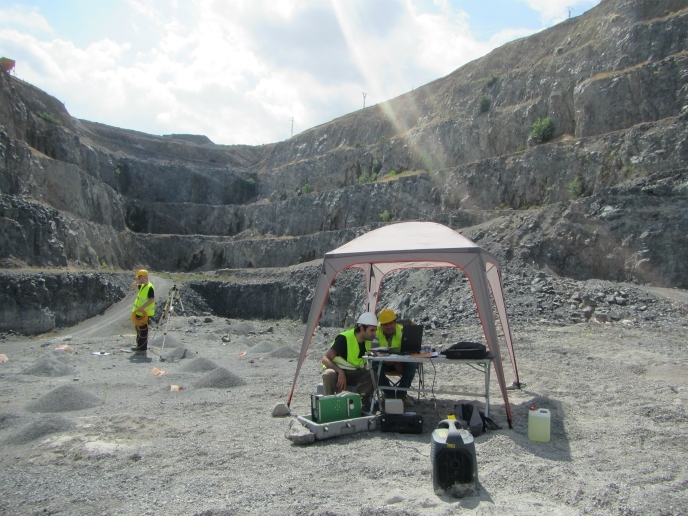Casting and welding improvements could stop many turbine cracks from occurring
Reducing environmental footprint while at the same time enhancing safety and reliability are fundamental goals of the Clean Sky 2 joint public-private partnership between the European Commission and the European aeronautics industry. The programme’s engine integrated technology demonstrators compromising numerous innovative parts in a whole-engine assembly are key to achieving these goals. Turbine structures are subjected to large structural loads and elevated temperatures . The EU funded HiperTURB(opens in new window) project set out to reduce failure modes and extend the service life of turbine structures, contributing holistically to the goals of Clean Sky 2.
Material science and process parameters team up for a win
Turbine structures are manufactured from weldable nickel-based superalloys. Subparts are cast in moulds (the alloys melted and poured and then cooled and solidified) and welded together to assemble the final shape. Casting, particularly solidification, results in cracking susceptibility due to development of coarse microstructures and segregations during cooling. This, in turn, affects weldability. HiperTURB coordinator Fernando Santos Barrena of AZTERLAN(opens in new window) explains: “HiperTURB set out to improve the weldability of nickel based superalloys with advances in both casting and welding technologies and processes. We complemented this work with the development of new alloys with enhanced properties. Microstructure simulation tools supported our success.” Starting with materials, a novel variant of the nickel-based superalloy IN718 was developed with enhanced ‘stress rupture’ properties. Santos Barrena adds: “Our work clarified the effect of specific chemical elements on mechanical properties and, more generally, how critical the solidification history of one component can be to the following pre-processing activities and to weldability.” The novel alloy could extend the service life of turbine components and reduce failure modes. The team identified the key mechanism of crack generation and propagation in cast components during the welding process, leading to optimisation of welding conditions and parameters to mitigate it. This should reduce repair and inspection costs for engine manufacturers and increase the life of the components in the engine. A new heat treatment to tune differences in casting solidification cooling rates should assure homogeneous welding and high-temperature performance. Finally, the team developed a novel, faster and more accurate crack repair system.
Flying high and ageing well
Santos Barrena summarises: “HiperTURB has deepened our understanding of microstructures and shed light on the interrelationship between casting and welding processes. This has enabled us to develop new alloys and to modify the casting and welding conditions to reduce cracking failure root causes. The result will be safer components with extended service lives.” While impact can only be estimated at this point in time, HiperTURB outcomes could reduce component weight by about 5 %, manufacturing cost by 10 % and maintenance costs by 20 %. Critically, they are expected to extend the lifetime of next-generation environmentally friendly aircraft engines by at least 30 %, benefitting aircraft manufacturers, travellers and the planet.







